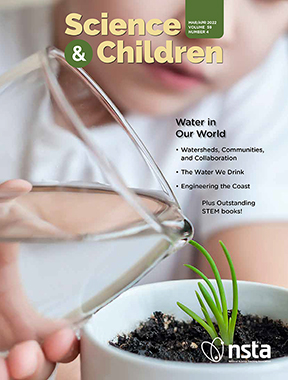Archive: NSTA/ASTE Building Tomorrow's Science Teachers: New Directions for Science Leaders, Researchers, and Educators, April 14, 2022
In this web seminar, leaders in science teacher education will share the latest syntheses of research on preparing elementary and secondary science teachers and cultivating science teacher leadership. Presenters are authors of chapters in the forthcoming Handbook of Research on Science Teacher Education, which offers a contemporary and thorough review of research relating directly to the preparation, induction, and career-long professional learning of K–12 science teachers.
In this web seminar, leaders in science teacher education will share the latest syntheses of research on preparing elementary and secondary science teachers and cultivating science teacher leadership. Presenters are authors of chapters in the forthcoming Handbook of Research on Science Teacher Education, which offers a contemporary and thorough review of research relating directly to the preparation, induction, and career-long professional learning of K–12 science teachers.
In this web seminar, leaders in science teacher education will share the latest syntheses of research on preparing elementary and secondary science teachers and cultivating science teacher leadership. Presenters are authors of chapters in the forthcoming Handbook of Research on Science Teacher Education, which offers a contemporary and thorough review of research relating directly to the preparation, induction, and career-long professional learning of K–12 science teachers.
In this web seminar, leaders in science teacher education will share the latest syntheses of research on preparing elementary and secondary science teachers and cultivating science teacher leadership. Presenters are authors of chapters in the forthcoming Handbook of Research on Science Teacher Education, which offers a contemporary and thorough review of research relating directly to the preparation, induction, and career-long professional learning of K–12 science teachers.






